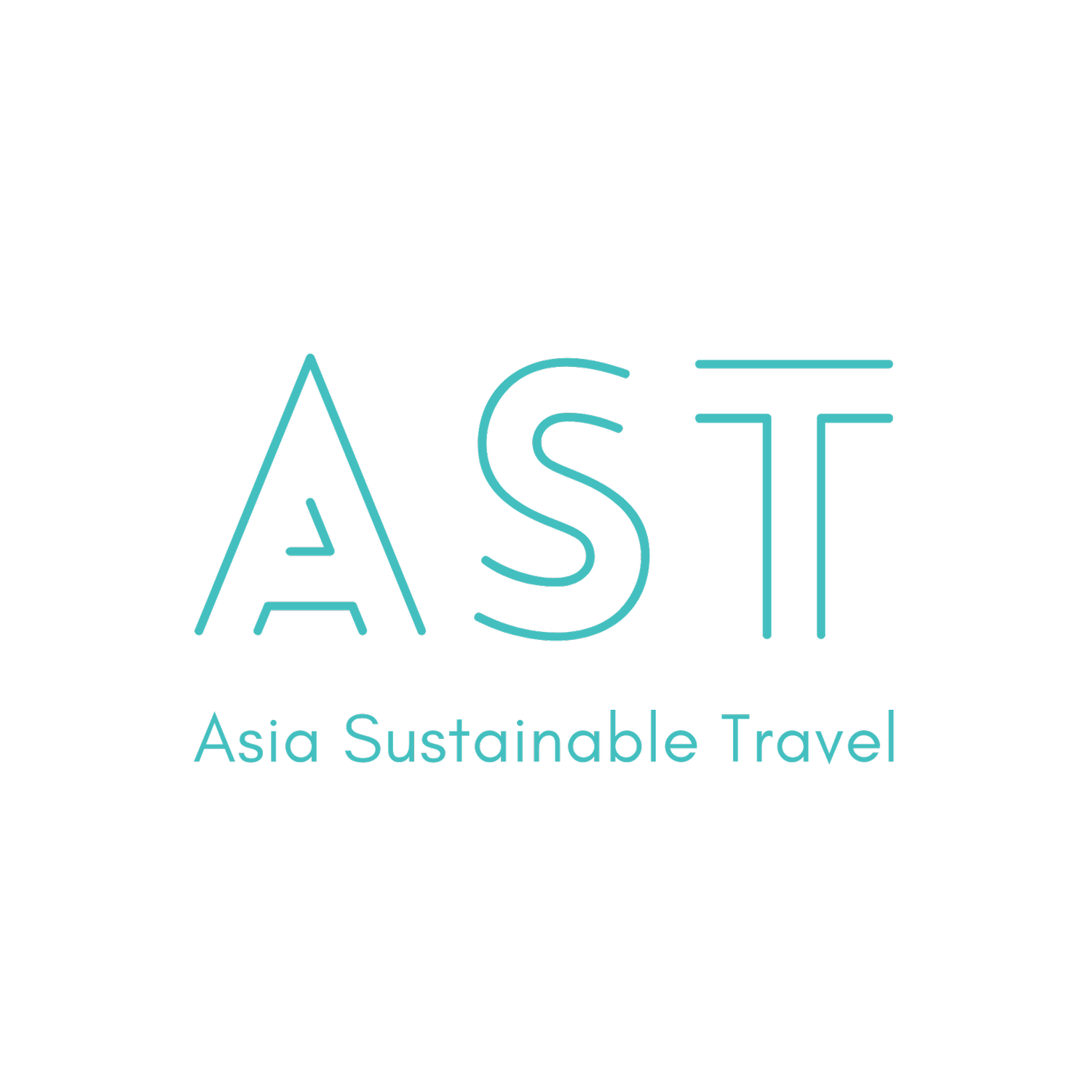Unlocking Success in Sustainable Travel in Asia: The 4C Framework
Asian travelers, increasingly impacted by the stark realities of the climate crisis, are becoming more mindful of the environmental and social footprint of their travel choices.
This calls for a swift transition towards sustainable tourism practices among Asian governments, businesses, and travelers alike.
We will explore the 4C strategic framework, supported by real-world case studies and industry best practices, that can help your brand resonate with these increasingly significant market segments.
Sign up to read this post
Join Now

